30+ SAMPLE Academic Course Proposal
-
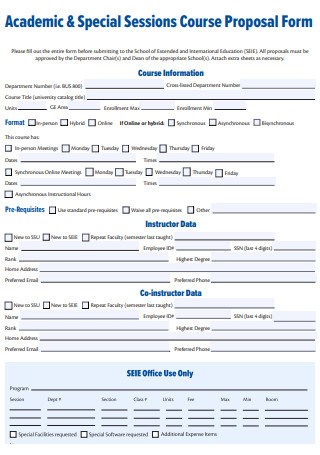
Academic And Special Sessions Course Proposal Form
download now -
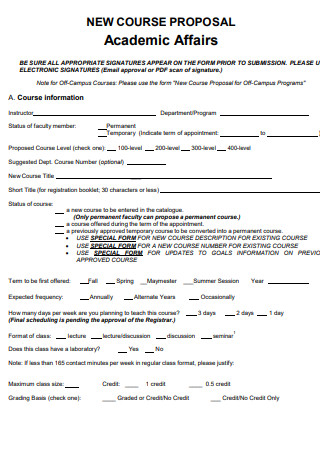
Academic New Course Proposal
download now -
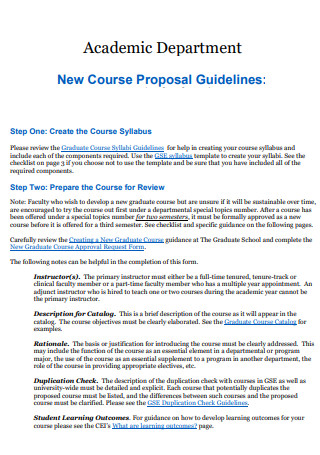
Academic Department New Course Proposal
download now -
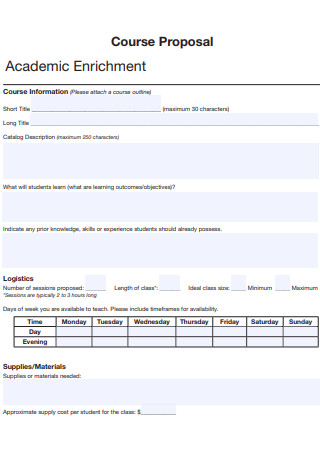
Academic Enrichment Course Proposal
download now -
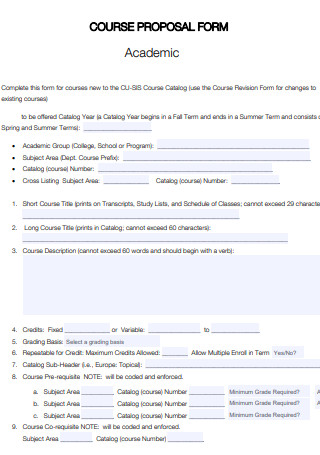
Academic Course Proposal Form
download now -
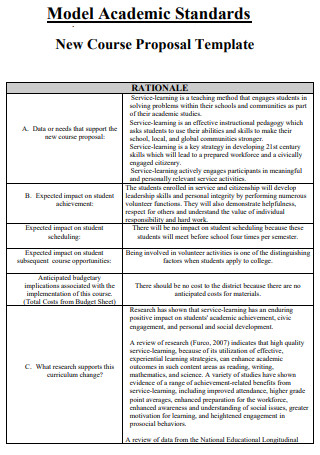
Academic Course Proposal Template
download now -
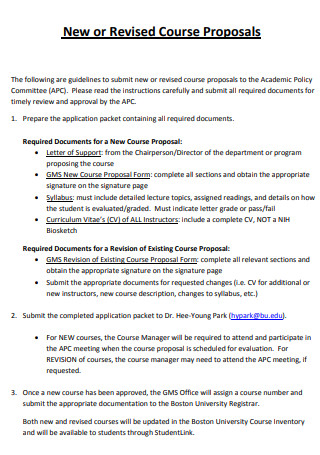
Academic Policy Revised Course Proposal
download now -

Academic Course Proposal Guidelines
download now -
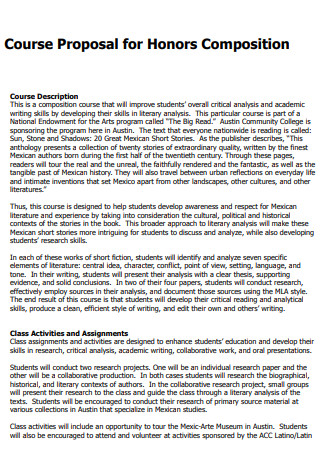
Sample Academic Course Proposal
download now -
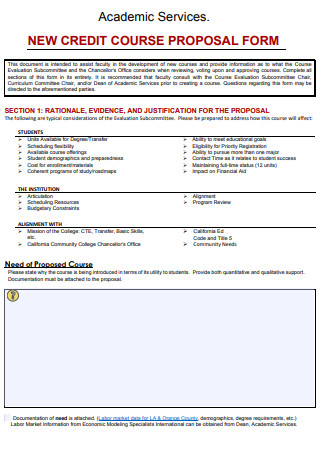
Academic Services Course Proposal
download now -
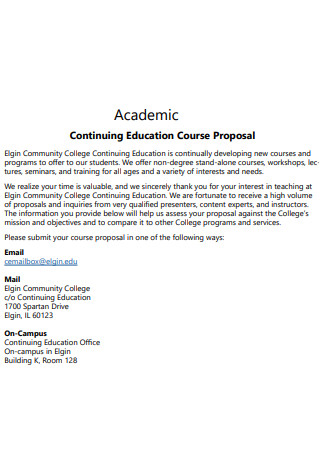
Academic Education Course Proposal
download now -
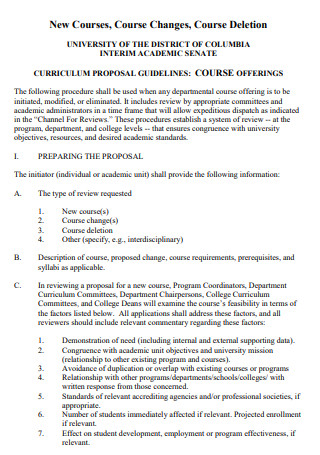
Interim Academic Course Curriculum Proposal
download now -

Academic New Catalog Course Proposal
download now -
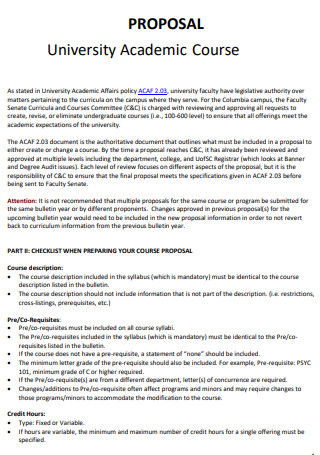
University Academic Course Proposal
download now -

Academic Senate Course Proposal
download now -
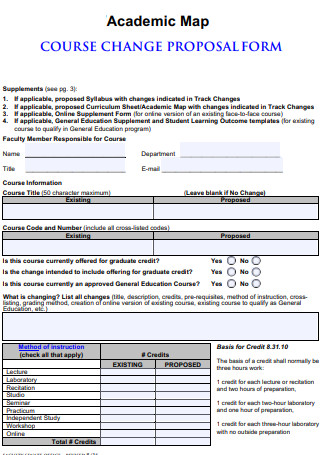
Academic Course Change Proposal
download now -
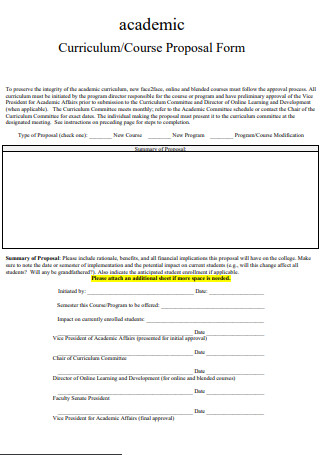
Academic Course Curriculum Proposal Form
download now -
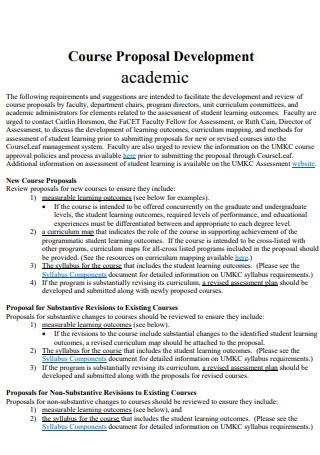
Academic Course Proposal Development
download now -

Academic Affairs Course Proposal
download now -
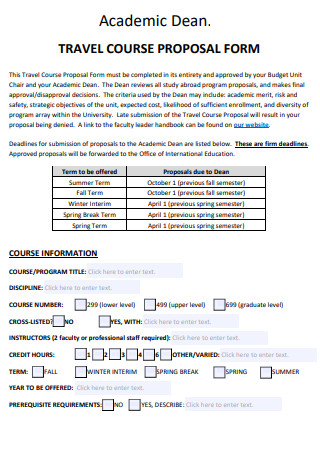
Academic Dean Travel Course Proposal
download now -
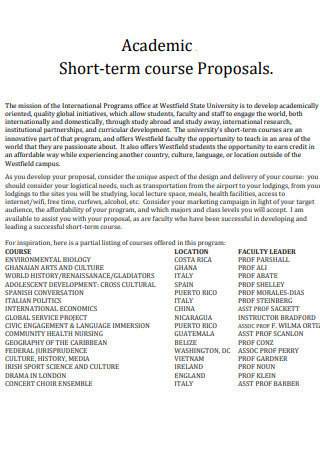
Academic Short-Term Course Proposal
download now -
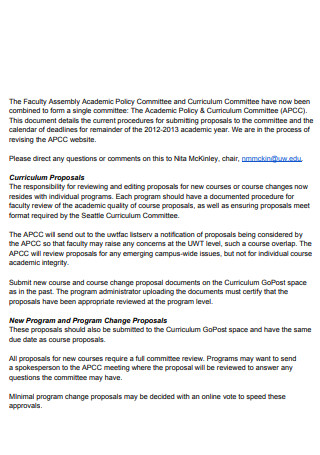
Academic Policy Course Proposal
download now -
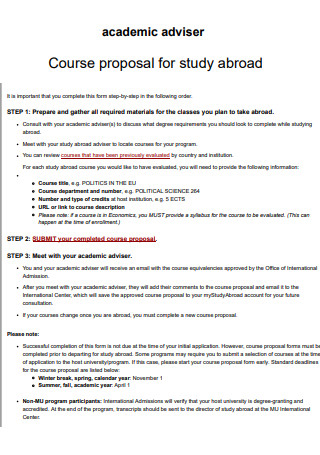
Academic Course Proposal for Study Abroad
download now -

College Academic Course Proposal
download now -

Academic Permanant Approval Course Proposal
download now -
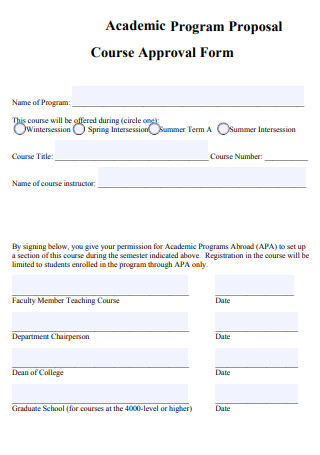
Academic Course Programs Proposal
download now -
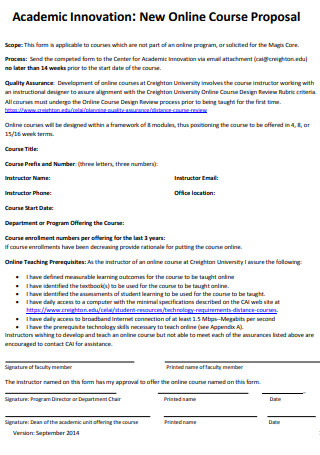
Academic Innovation New Online Course Proposal Form
download now -
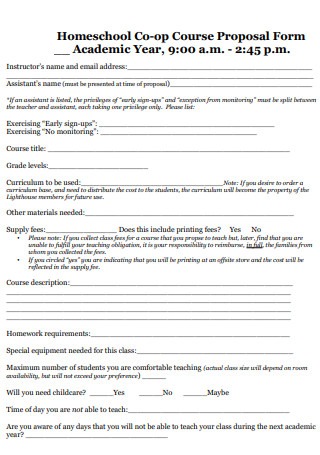
Simple Academic Course Proposal Form
download now -
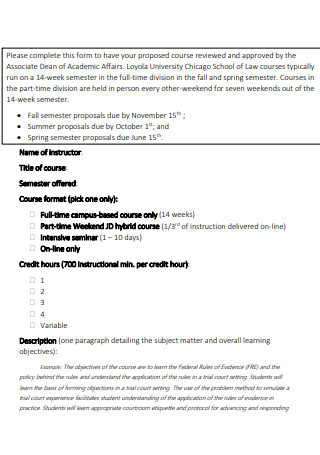
Academic Course Proposal Form Format
download now -
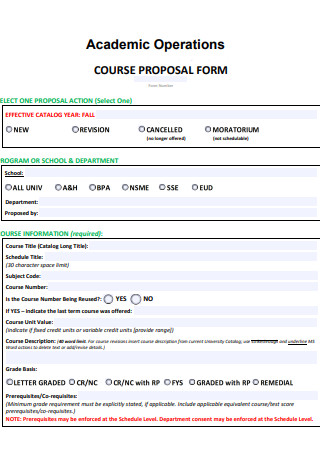
Academic Operations Course Proposal
download now -
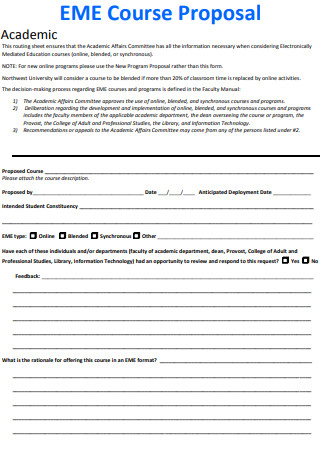
Standard Academic Course Proposal
download now
FREE Academic Course Proposal s to Download
30+ SAMPLE Academic Course Proposal
What Is an Academic Course Proposal?
Forms of Academic Courses
Core Academic Courses in College
How to Create an Academic Course Proposal
FAQs
How do you write an academic course proposal?
What should a course proposal include?
How long is a course proposal?
What Is an Academic Course Proposal?
An academic course proposal is a formal proposal that highlights information on a specific academic course including the course title, description, course content, grading system and other key details relevant to the course. Whether it is for a high school academic course or an undergraduate course, the proposal must be both comprehensive and educational.
According to an online article published by Top Universities, computer science and information systems topped the list of most viewed academic subjects. Engineering and technology and business management studies come close taking second and third place, respectively.
Forms of Academic Courses
When it comes to academic courses, there can be a variety of ways and forms of learning that a student can take advantage of. The following are just some examples of forms of academic courses that are a way to attain learning objectives.
Core Academic Courses in College
Over the course of a student’s general education. There are several core subjects that are often considered universal and are required as part of the basic educational curriculum. Although, not all educational institutions may follow this strictly or some may also choose to modify the courses according to their organizational needs. The five examples listed below are both broad and basic core courses that most schools offer:
How to Create an Academic Course Proposal
To create an academic course proposal, simply follow the structured steps below. If you prefer not to start from scratch, you can easily select any of the editable templates above for more convenience and efficiency.
Step 1: State the Learning Objectives
What is the main purpose for proposing this particular academic course? Your introduction in your proposal should open with first establishing the learning objectives. Enumerate what the specific student learning goals are. What can the student attain or get from the academic course program? What gains are there if the student were to take enough units and finish the academic course? It is important to state these at the beginning so the wider educational community may know what to expect and in addition, knowing the objectives may facilitate key administrative decision-making as well.
Step 2: Describe the Course Details
The next section of your academic course proposal should contain relevant details about the course itself. Make sure to include the course description, course title, implementation date, course outline, grading system, enrollment data, prerequisite guidelines, course units or credits and other essential information. Since it is a proposal, you need to prepare not just accurate but compelling information that will persuade school administrators to allow the implementation of your proposed academic course.
Step 3: Prepare the Core Curriculum
Once you have covered all the course details, you need to take it a step further by outlining and describing in detail the core curriculum. It is essentially expounding on the course description and the topics to be covered. Your proposal needs to contain a comprehensive syllabus detailing the proposed topics and subjects to be tackled in the academic course. Expanding the course outline in a structured and organized manner is critical because a lot of the arguments for approval of your proposal will depend on how well-prepared your core curriculum is.
Step 4: Establish a Timeline
Lastly, your academic course proposal should also contain a projected timeline as to the topics and lessons to be covered in the course. A typical four-year college degree is a mixture of core subjects, major courses and minor or elective courses. Thus, it is important to map out the schedule and time frame of each subject. Do not neglect to include the session date and proposed time for each subject as well. You can opt to create a table or chart for a more organized timeline schedule for your course proposal.
FAQs
How do you write an academic course proposal?
To write an academic course proposal, you need to first establish the learning goals or objectives. Once you have covered the objectives, provide as many key details as you can such as the course title, course description, curriculum, timelines, schedules, proposed class size, etc. Refer to the information above for a more detailed discussion of the steps.
What should a course proposal include?
A typical course proposal should include the course title, proposed curriculum, syllabus, projected timeline, medium of instruction, number of units or credits, and other relevant data.
How long is a course proposal?
Ideally, a course proposal should be brief but informative enough for the reader to be able to get a thorough idea of the course and its requirements. One page or a couple of pages would suffice but the important thing to remember is to avoid making your proposal excessively long.
Introducing a new academic course can be tedious work. But if you want to save time and energy, you can conveniently use an existing template from the wide selection of time-saving sample proposals above for more efficiency and convenience. Browse the collection above now to get started!
